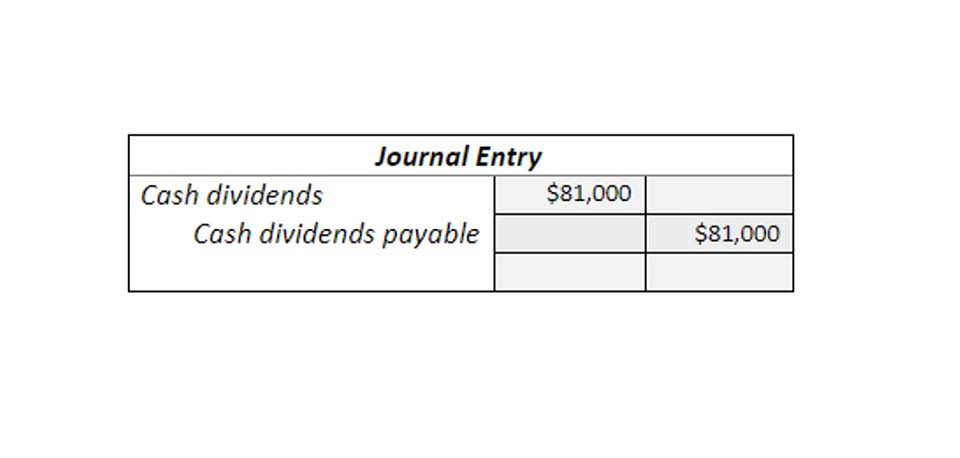
Faulty coding can typically be attributed to a lack of proper training or a complex chart of accounts that increases the likelihood of errors. To prevent coding mistakes, accounting managers should provide thorough training to staff accountants and keep the account structure as simple as possible to reduce coding errors. Identifying them ensures you cover all critical areas where discrepancies might occur. Law Firm Accounts Receivable Management Often companies will start with core accounts like cash, deferred revenue, payroll, and AR/AP.
Failure to reconcile regularly

It is the process of verifying a company’s financial information by comparing the general ledger to external documents. While it has historically been a labor-intensive process, that is beginning to change thanks to Trintech account reconciliation software. Reconciliation strengthens your company’s internal controls by offering a systematic assets = liabilities + equity method for reviewing, comparing, and correcting account balances. It enforces accountability, ensuring that each financial entry is backed by documentation and reviewed for accuracy. General ledger reconciliation offers a wide range of benefits that directly impact your business’s financial health and operational efficiency.

Identifying Errors and Discrepancies

For example, let’s say you purchased computer equipment for $2,500 with cash on January 15th. Your debit would be to the account titled computer equipment to show that you increased your assets, and your credit would be to your cash account to show that you decreased your cash reserves. In summary, the reconciliation ledger is a critical monitoring and control tool for ensuring the integrity of the financial data in both Controlling and Financial Accounting systems.
Industry report 2024
For example, if you’re reconciling a bank account, you’ll need the latest bank statement to compare with your GL. But when you regularly check (or reconcile) your GL, you make sure everything adds up correctly, which helps you avoid mistakes. When you perform a general ledger reconciliation, you’re making sure that the transactions recorded in each of these categories are correct.
Differences between Summary and Detail Amounts
- By recognizing and addressing these common errors, you can enhance the accuracy of your financial reporting and ensure a more reliable reconciliation process.
- In summary, general ledger reconciliation is a critical accounting task that helps ensure your financial records’ accuracy, integrity, and compliance.
- Start by checking that the prior accounting period’s ending balances for your asset, liability, and equity accounts match that of this accounting period’s start.
- When discrepancies are found between your general ledger and supporting documents, you must investigate the root cause.
- However, the balance sheet generally is only concerned with the equity, liabilities, and asset accounts.
To avoid reconciling differences, don’t post unappliedand unidentified receipts, and on-account items, to general ledger reconciliation the same generalledger accounts as that used for transactions. If these receipts anditems are posted to the same accounts, then the accounting for transactionsis also excluded. Ideally the Summary report displays no differencesbetween receivables transactional amounts and accounted amounts.

